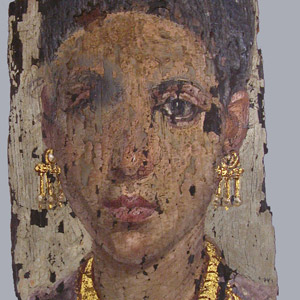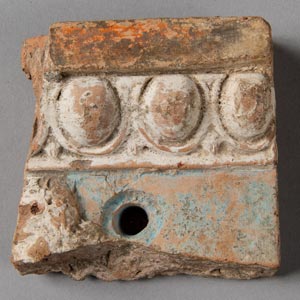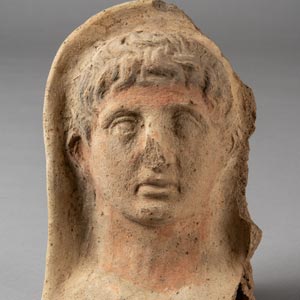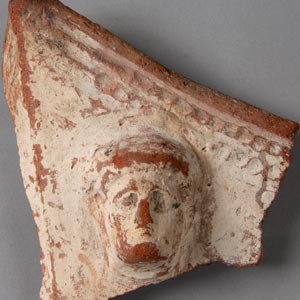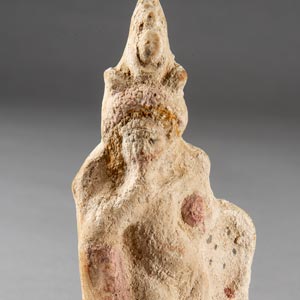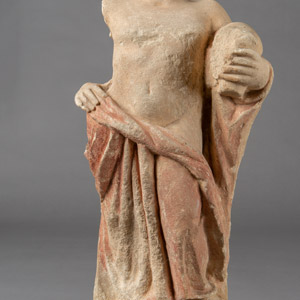Using Color
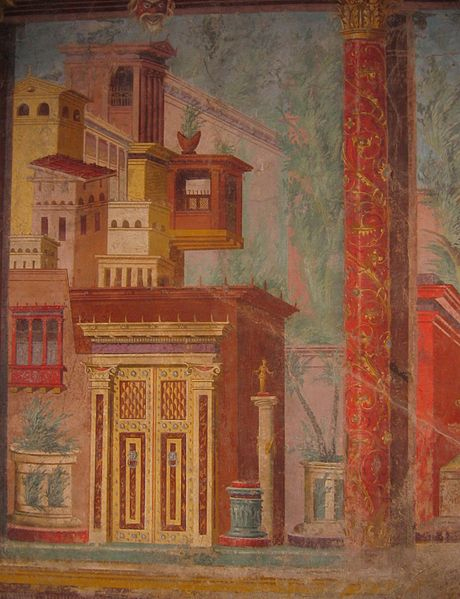
What did Romans like to color with pigments and dyes?
Everything.
Romans loved color. Many people wore bright clothing dyed in vibrant hues of purple, red, green, gray, and yellow, often decorated with dyed threads. Going about their daily business, they moved through streets lined by red, yellow, blue, and black buildings, which were often embellished with colored graffiti. The many marble statues that populated public spaces were alive with multicolored decoration.
At home, Romans decorated their floors, walls, and ceilings with detailed patterns and images of daily life, myth, or idyllic scenes of nature. The many small figurines within the houses were painted in lifelike hues. The Romans used colorful dyes for a variety of everyday objects, from clothing to toys to baskets and bags.
In Using Color, we invite you to explore a variety of Roman-period artifacts from the Kelsey Museum that still preserve their bold colors. Imagine being inside a Roman house filled with these brightly painted objects. How colorful it would have been!
Artifacts
The Romans are famous for their elaborate and colorful wall paintings, like these examples. When creating wall paintings, ground-up pigment was applied directly onto the wet plaster of the walls. The fragments here likely decorated the walls of a private house.
While most surviving Roman sculpture and architecture is white or terracotta colored, much of it was originally brightly painted. The fragments displayed here retain visible traces of their original paint. Some were first prepared with gesso, a thin lime- or gypsum-based layer that smoothed rough surfaces.

